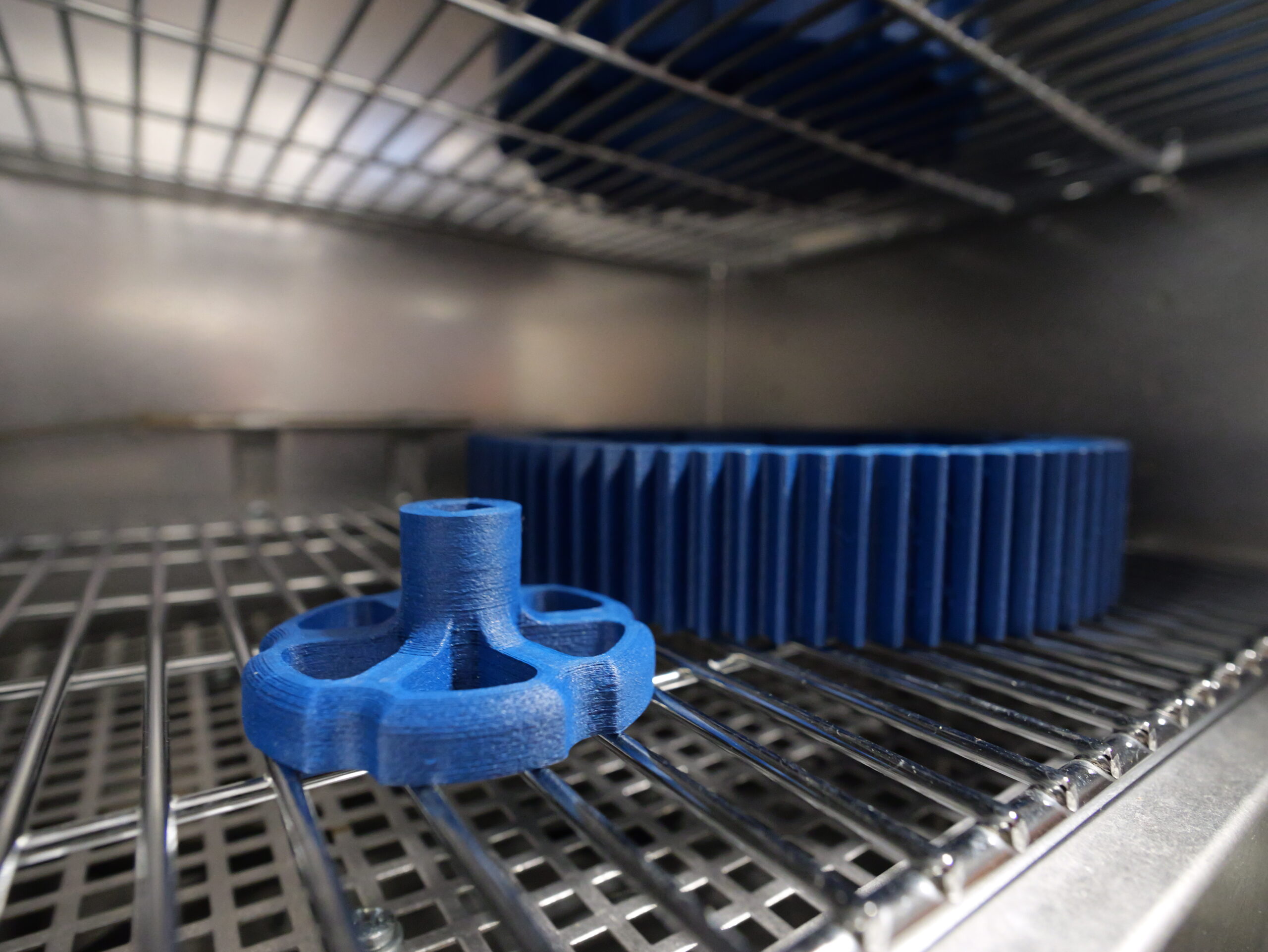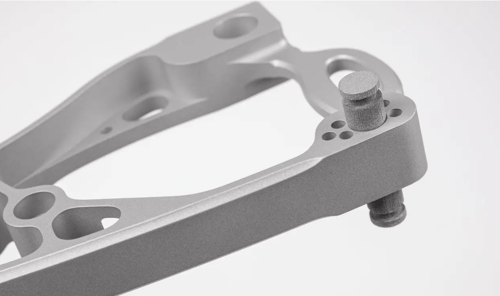Safety With Formlabs SLS 3D Printing Products: Air Quality and Dust Hazard Analysis
In order to provide further health and safety information related to the handling of SLS powder, Formlabs requested an air quality assessment from U.S. Compliance as well as a combustible and dust hazard analysis from Stonehouse Process Safety.
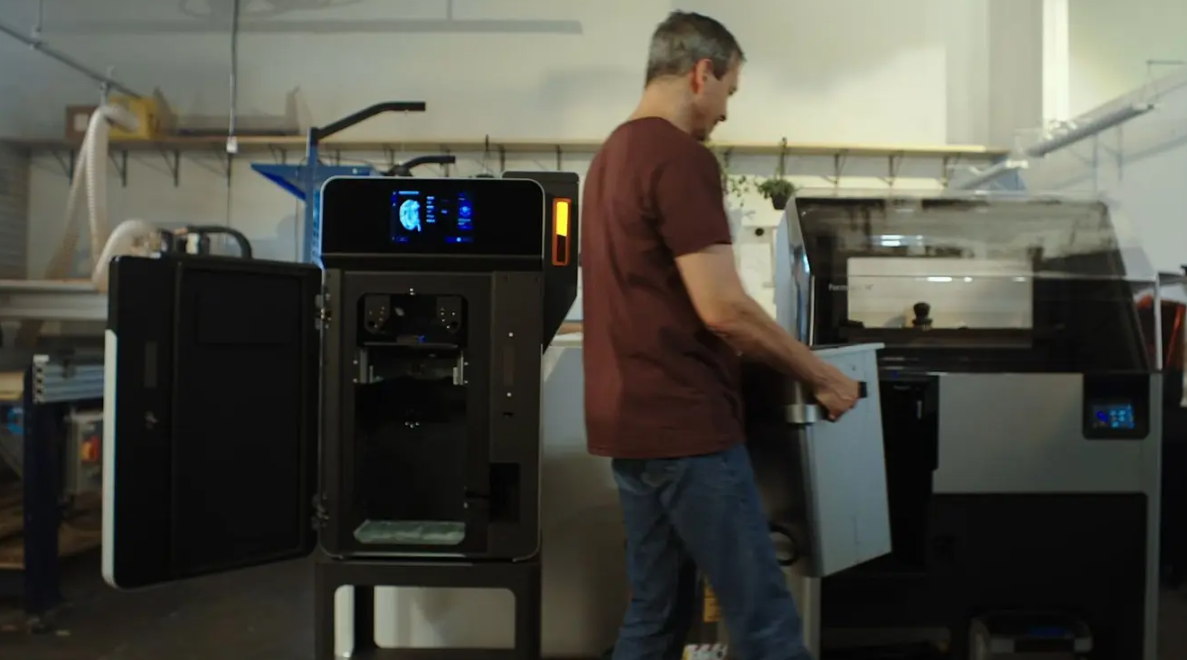
Fuse Series Applications and Considerations
The Fuse Series SLS 3D printers and post-processing machines provide industrial manufacturing power in an accessible size and format. Unlike many other SLS solutions on the market, the Fuse Series does not require complex infrastructure, ventilation, or power requirements. Its compact size allows users to bring the Fuse 1+ 30W printer and post-processing machines into typical office environments, up or down flights of stairs, and even sometimes into residential spaces.
These considerations, along with its accessible price point, make it possible to bring SLS technology in-house for small businesses that would otherwise have to outsource, and for medium to large businesses to scale their operations into SLS 3D printing fleets.
SLS 3D printing accelerates innovation and supports businesses across a wide range of industries, including engineering, manufacturing, and healthcare.
SLS 3D Printing Applications
SLS 3D printing accelerates innovation and supports businesses across a wide range of industries, including engineering, manufacturing, and healthcare.
Engineering
Take control of your entire product development process, from iterating on your first concept design to manufacturing ready-to-use products:
- Rapid prototyping
- Mockups of products for in-field customer feedback
- Functional prototyping
- Rigorous functional testing of products (e.g. ductwork, brackets)
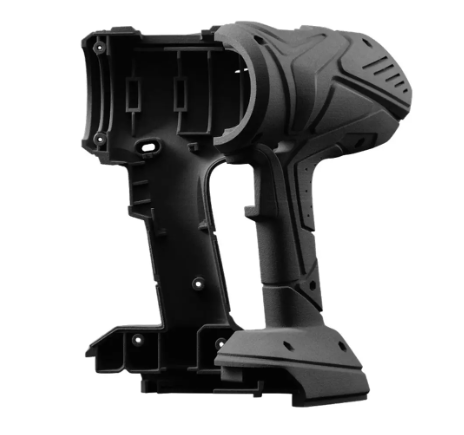
Manufacturing
Own your supply chain and respond quickly to changing demands:
- End-use part production
- Small batch, stop-gap, and bridge manufacturing
- Mass customized consumer products
- Replacement parts, aftermarket parts, spare parts
- Long-lasting, durable manufacturing aids, jigs and fixtures (e.g clips and clamps) and tooling
- Custom automotive or motorcycle parts, marine equipment, military ‘resupply on-demand’
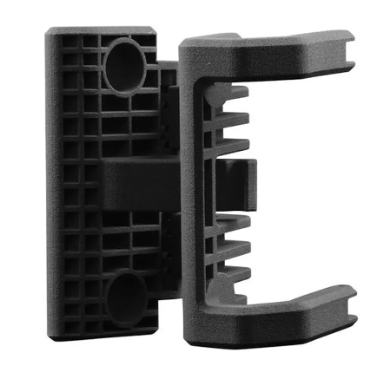
Manufacture ready-to-use, patient-specific medical devices in-house:
- Medical device prototyping
- Prosthetics and orthotics (i.e. limb replacements + braces)
- Surgical models + tools
- End-use parts (Nylon 12 Powder is biocompatible + compatible with sterilization*)
* Material properties may vary based on part design and manufacturing practices. It is the manufacturer’s responsibility to validate the suitability of the printed parts for the intended use.
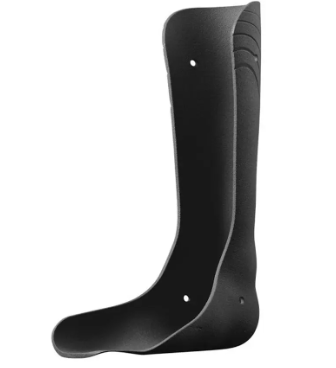
Powder Handling, Recovery, and Management
One of the main questions from people who are new to SLS 3D printing, or who are considering scaling up their SLS operations, regards powder handling and whether or not it’s difficult to manage. The Fuse 1+ 30W and post-processing machines make it easy to remove excess powder from sintered parts and recycle it as well as clean the parts themselves. To see the full workflow, watch our six-minute walkthrough below.
Watch this video to see the step by step process of using the Fuse Series selective laser sintering (SLS) 3D printer and the Fuse Sift powder recovery station.
Air Quality Testing and Certification
In order to provide further health and safety information related to the handling of SLS powder, Formlabs requested an air quality assessment from U.S. Compliance as well as a combustible and dust hazard analysis from Stonehouse Process Safety. Both studies took place at the Formlabs SLS research and development (R&D) facility in Somerville, MA, which has about 60 SLS printers and 15 post-processing machines.
U.S. Compliance Air Quality Assessment
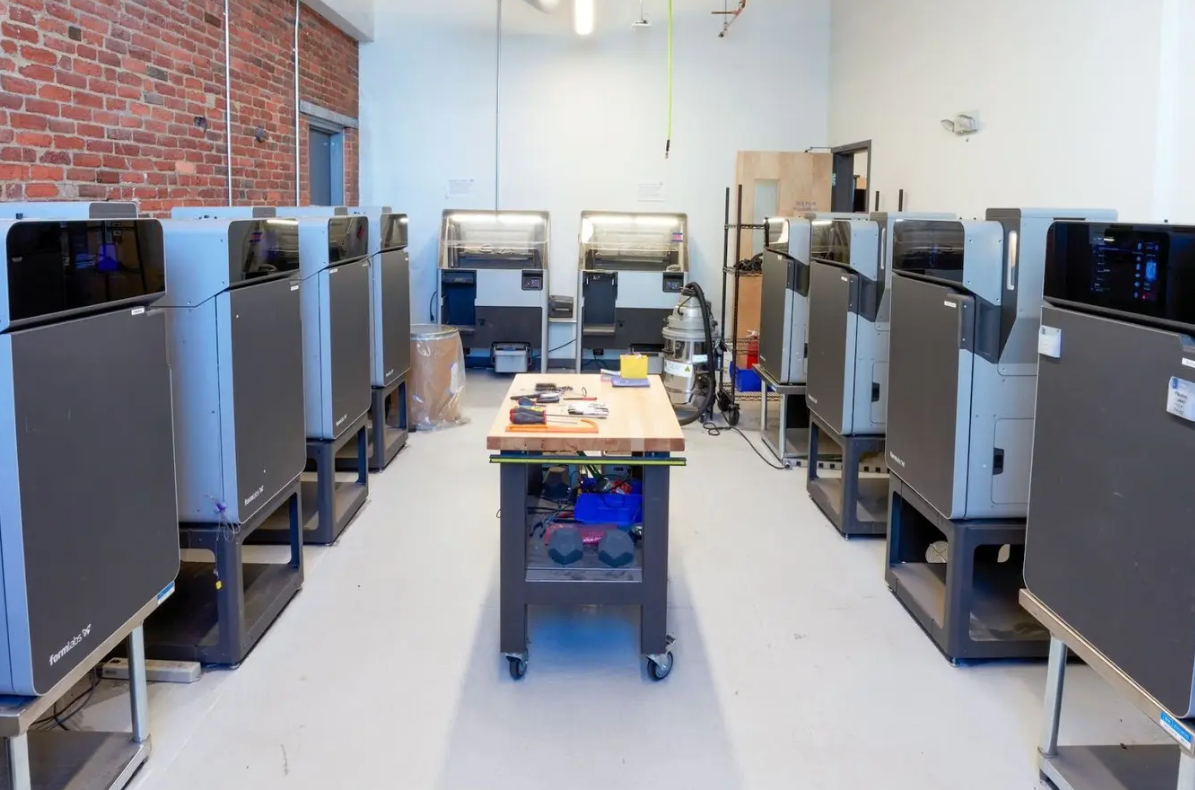 Formlabs R&D SLS materials lab in Somerville is about 37 m² (180 m³) with over 10 Fuse printers and four Fuse Sifts.
Formlabs R&D SLS materials lab in Somerville is about 37 m² (180 m³) with over 10 Fuse printers and four Fuse Sifts.
U.S. Compliance is a leader in environmental, health, and safety (EHS) compliance management, delivering Occupational Safety and Health Administration (OSHA) compliance and EHS consulting solutions. Read more about OSHA requirements on this page.
Monitors were staged on tripods throughout multiple workspaces. Eight rooms were measured, including engineering labs, print production farms with large fleets of printers, and media blasting rooms. The workspace varies from a 190 m² room with over 20 Fuse Series printers and four Fuse Sifts to smaller rooms of 35 m² size with about 10 printers and four Fuse Sifts.
Average airborne powder concentrations associated with the normal use of the Fuse ecosystem are below 2% of the OSHA permissible exposure limit for the total particulate matter and respirable particulate matter, and below 15% of the OSHA permissible exposure limit for carbon black. Even with more than a dozen printers in one room, the normal use of the Fuse ecosystem does not represent a risk of respiratory adverse health effects and complies with OSHA dust exposure regulations.
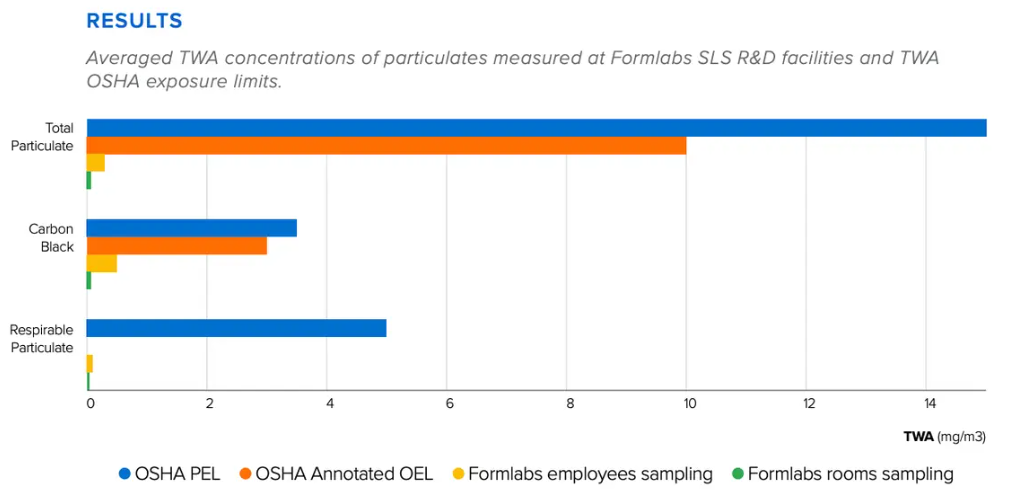
Average airborne powder concentrations associated with the normal use of the Fuse ecosystem are below 2% of the OSHA permissible exposure limit for the total particulate matter and respirable particulate matter, and below 15% of the OSHA permissible exposure limit for carbon black.
Combustible and Dust Hazard Analysis from Stonehouse
Stonehouse Process Safety (Stonehouse) is an industry leader in preventing explosions, fires, and accidental material releases. They deliver quality-assured test data and process safety management solutions.
Stonehouse experts ran laboratory tests on samples from six Formlabs powders to evaluate the associated explosivity data, including Nylon 12 Powder, Nylon 11 Powder, Nylon 11 CF Powder, Nylon 12 GF Powder, TPU 90A Powder, and a powder in development.
The tests included:
-
Screening test (go/no-go) to determine if the particulates are explosible.
-
Measures of the minimum ignition energy and temperatures to initiate a fire.
-
Measure of the minimum concentration of suspended dust to cause an explosion (MEC).
Stonehouse conducted an investigation of spaces where combustible dust was present or in use and inspected equipment used in those spaces for processing combustible dust such as the Fuse Printers and post-processing equipment.
-
The powders present a low risk of ignition by sparks and electrostatic discharges. The minimum ignition energy (MIE) of all the powders is considered to be high, ranging from 300 to 1000 mJ. Even strong spark discharges from ungrounded equipment would not be expected to generate this type of energy.
-
The powder clouds present a low risk of autoignition when exposed to a heated environment, hot surfaces, and friction sparks. The minimum ignition temperature (MITcloud) is greater than 400°C for all the tested samples, which is considered to be very high. Additionally, the minimum ignition temperature of the dust layer on a hot plate (MITlayer) is greater than 350°C. This shows that the powders will only ignite in the event of a fire.
-
Extremely dense powder clouds must be generated in order for the cloud to be ignitable. This is given by the relatively high value for the minimum explosible concentration (MEC) when compared to most organic products.
SLS powders are combustible. However, Stonehouse DHA shows that given the nature of the Formlabs powders, the safety features incorporated in the hardware, and regular housekeeping to avoid dust accumulation, the risks of powder fire and explosion are negligible.
Housekeeping Recommendations
The Formlabs R&D team conducts weekly simple housekeeping to ensure the facilities are free from powder hazards. The main operation is to vacuum all surfaces in order to prevent dust accumulation. Because Formlabs’ facility was deemed to be a “Non-Hazardous Area”, the team uses a static dissipative vacuum that follows NFPA guidelines for combustible dust conveyance (ATEX Ex II 3 D in EU). If you have any questions, please contact our 3D printing advisors.
Wil je nooit onze blogs missen?
/dennie-rijk-spreker-layertec.jpg?width=80&height=80&name=dennie-rijk-spreker-layertec.jpg)
/dennie-rijk-spreker-layertec.jpg)
-1.png?width=300&height=225&name=whitepaper%20-%20virtual%20twins%20(1)-1.png)

